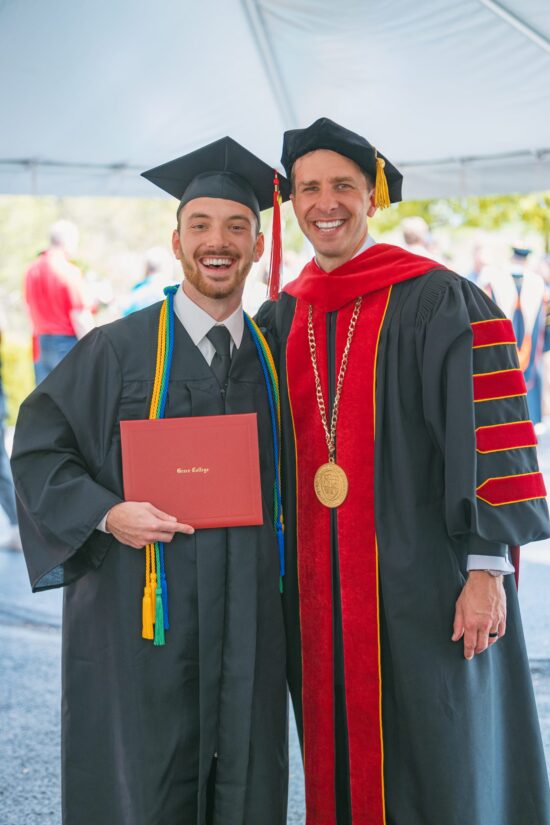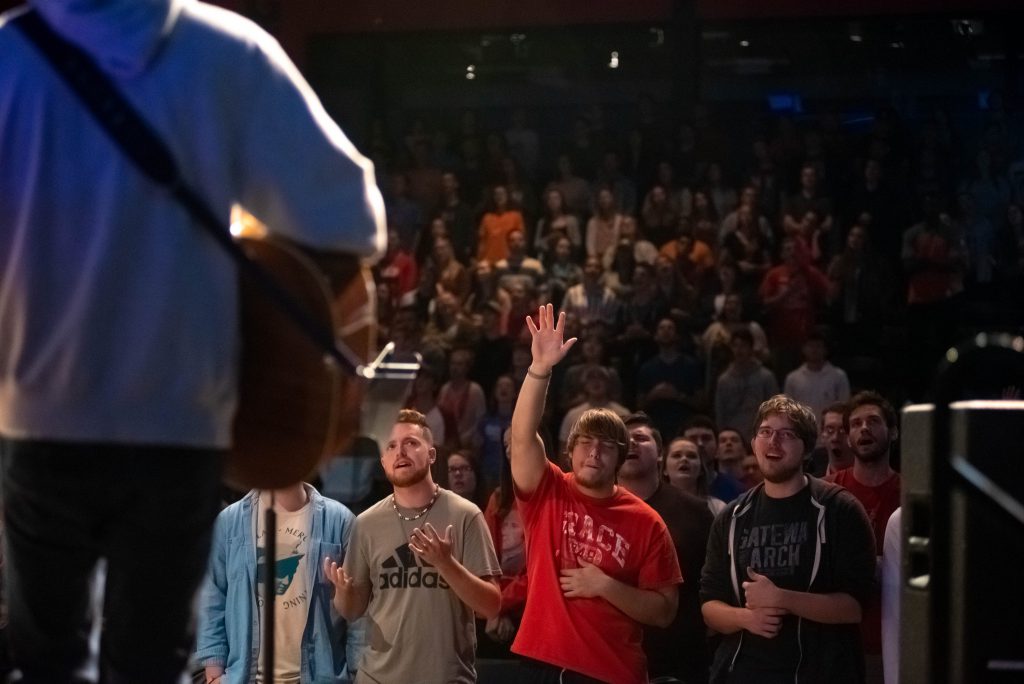If you had a choice between learning in a sterile environment and one that is engaging, your answer is predictable. Why would a person choose to be bored? Even fewer would choose to pay money for something that does not engage our minds.
But how can any school expect to disseminate information in a fashion that reaches every type of learner? Is it possible to teach in a manner that is both engaging and informative?

VARK Learning Styles
Google ‘learning styles’ and the first page will be teeming with VARK results. VARK is a model that breaks down the different styles by which students learn.1 Visual learners prefer images, maps, and graphs. Auditory learners are best trained through group discussions and listening to lectures. The third category, Reading and Writing, is closely related to Visual learning. Where visual learners prefer pictures, Readers prefer words. These are your bookworms and note-takers. The last learning style in this model is Kinesthetic. These are your hands-on learners. They want to touch things in order to manipulate the object being studied.
There is research that contradicts these well-known learning models. It states that different approaches to learning should be based on the content being learned, not the learners themselves.2 A music class is best taught when people practice singing or playing an instrument. To learn English, there better be opportunities to read and write. A math class requires assigning 100 problems for homework every single night. Ok, we made that last one up, but you get the idea.3
We have all agreed that learning is beneficial. It makes sense that we choose a learning environment that is captivating, energizing, and relatable. This should be the foundation for all classroom teaching everywhere.
But what if we told you that a learning experience exists that offers so much more? No longer satisfied with a simple relaying of information from professor to student because we believe in the ability to offer more. We trust in the truth of scripture. We know showing the connection between our faith and the world we live in is important. So we look for learning experiences outside of the four walls of the traditional classroom. We know people learn better together, so every step of the learning process takes place in a group.







